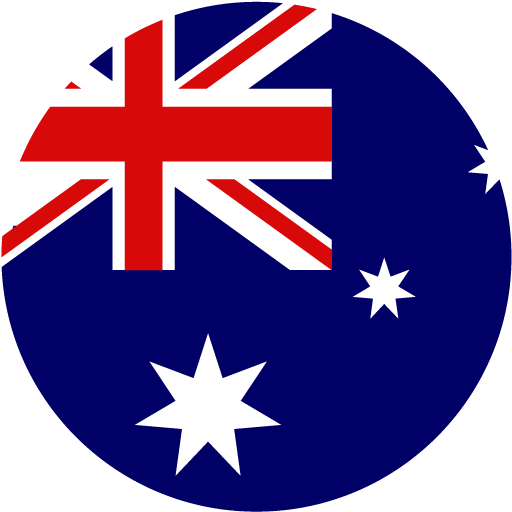How SaaS Adoption and Switching Costs Drive Revenue Growth
- Lighter Capital

- Dec 13, 2018
- 4 min read
Updated: May 6, 2024

SaaS businesses looking to grow their revenue have two choices: raise prices or get new customers. However, gaining new customers only works if you are also good at holding onto the customers you already have.
Keeping existing customers is a challenge for all companies, but especially for SaaS companies whose business model is built on long-term subscription services.
The obvious way to inspire loyalty is to offer awesome, useful products and helpful customer service. And it should go without saying that any fast-growing SaaS company worth its salt should focus obsessively on doing so.
But what if you could pair this loyalty-inspiring greatness with a savvy logistical method of making yourself “sticky.” It’s a good idea to make it easier for customers to stay with you than to switch to a competitor.
The dynamics of switching costs

The difficulty of switching away from a given service once you’re established in that system is called a switching cost. Creating a scenario where switching costs are relatively high will motivate your customers to work with you to solve any problems instead of simply leaving.
In considering how to do this, be careful of mixing up “stickiness” with customer lock-in. Locking in customers so they can’t leave, even if they’re not happy, isn’t a stellar way to maintain a good reputation or get referrals.
Ed Shelley, director of product at ChartMogul, says that your goal should be “striking a balance between value to the customer and product lock-in,” so you end up with happy, loyal customers who don’t mind being a bit locked in. When you’ve made yourself sticky, “to the vast majority of customers, the value outweighs the potential pain of switching away,” he continues. “And the pain of switching away is enough to deter us in those dark times when we do consider it.”
The most successful SaaS companies keep customers subscribed by building in ways for users to generate value inside of the product and encouraging users to develop familiar habits in their use of the product. Those methods are in addition to making the product appealing and compelling in every way possible, from style to ease-of-use.
Apple does this all very well. Apple customers build value inside the Apple ecosystem without even trying — before long they have all of their devices connected to the system and have purchased various media products that they can interact with on all of those devices. The more content they create and purchase within the system, the harder it becomes for them to leave without redoing all that creating and purchasing elsewhere. Additionally, the products promote specific usage habits and are both visually appealing and extremely user-friendly.
Apple may be locking in its customers, but the value is so high that they don’t really mind. “My Apple-branded prison cell is actually rather comfortable, has super-fast Wi-Fi, and beautiful anodized aluminum walls,” says Shelley.
Prioritize “application discovery”

Making your product sticky is an effective customer-retention strategy, but how do you get your customers to stick in the first place without alienating them? Joel York, CEO and founder of Markodojo, describes two different models of SaaS product adoption: “application discovery,” and the enterprise model.
He recommends application discovery, which means creating very low barriers to entry, so that users can start interacting effectively with the software immediately and slowly build a deeper — and stickier — relationship with it over time. The enterprise sales model, which requires users to learn all the features at the outset without any form of gradual discovery, puts up barriers to establishing sticky relationships with customers.
“By fully automating initial adoption and enabling easy application discovery, adoption costs can be reduced to the lowest possible point and switching costs increased naturally over time as the customer discovers and invests in more advanced capabilities of the product — giving the SaaS vendor another powerful competitive advantage,” he says.
Price to promote retention

Part of enabling easy application discovery is structuring pricing to make initial adoption appealing and building up-sell opportunities that align with a customer’s progress in discovering the app.
A low-cost introductory option will encourage people to begin using the simplest version of the software. After that, one option is to establish pricing tiers to which customers must upgrade in order to access more complex features. Another option is to build out add-on options that can be appended to the core offering at various prices.
How much you can increase prices between tiers or to account for various add-ons will depend on how high the switching costs are to the customers at any given level. And that depends, in part, on the nature of the product and how much of a customer’s data is required for its more basic operations.
Salesforce is an example of a product that incorporates high switching costs from the outset, considering that even the entry-level offering requires a substantial input of customer data. However, the entry-level offering is a fraction of the cost of the advanced offering, because switching costs raise exponentially as customers move up the tiers.
Always focus on value

Once you’ve established high switching costs and your customers are feeling rather sticky, it’s tempting to start taking them for granted. Companies that fall into this trap may increase prices on their captive audience or reduce the quality of service to pump up revenue.
This is a fatal mistake.
Even as you think strategically about how your switching costs can promote customer loyalty, remember that satisfied customers are every successful company’s lifeblood. Failing to satisfy them simply because they’re unlikely to leave is a recipe for failure over the long-term.
So, make sure that any discussion of switching costs starts with an affirmation that customer satisfaction is paramount.






